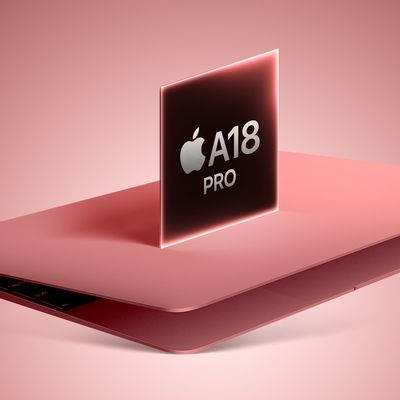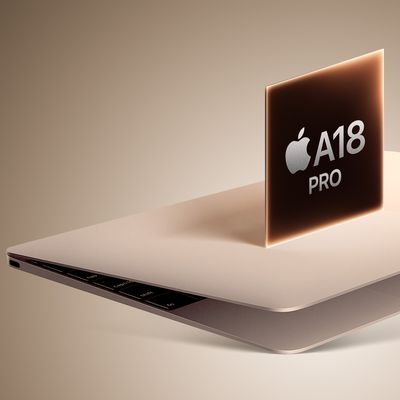BearExtender today announced the launch of BearExtender Turbo, a new USB-based solution for adding faster 802.11ac Wi-Fi connectivity to older Macs. Regularly priced at $80 but available through Amazon for $70, BearExtender Turbo can boost Wi-Fi speeds by up to 2-3x for Macs supporting USB 3.0 but not 802.11ac natively.

Using AJA System Test on Mac OS X 10.9 Mavericks, a 2GB file was transferred between a Mid-2012 802.11n MacBook Air and a 2013 Apple Time Capsule at a rate of 10.66 Megabytes per second (MB/s not megabits). The same test with BearExtender Turbo connected to the MacBook Air’s USB 3.0 port had a rate of 23.84 MB/s, more than twice the Macbook Air’s internal Wi-Fi card.
While speed bottlenecks for most users will continue to be their actual ISP connections when connecting to the Internet, 802.11ac is particularly useful for transferring large amounts of data between machines within a network.
BearExtender Turbo supports maximum throughput of 867 Mbps and includes dual-band connectivity at 2.4 GHz and 5 GHz for maximum speed and compatibility. The device's two antennas can also be removed for portability.
























Top Rated Comments
Most current notebooks don't have an antenna connector any more. In some cases, you might need an external antenna - perhaps even a directional one - to get a good WiFi connection. The only means of doing this, then, is by using some external adapter, typically connected by USB. (Unless you want to hack your notebook to bring out an external antenna connector.)
So, that's the need that the original BearExtender addresses.
For most such uses, 802.11ac is a non-issue, as well as even N. People in this situation are usually happy to get any kind of signal at all, and are usually connecting to access points that support neither 802.11ac or N.
But this bascially fills-in their product line with something that will work with 802.11ac. Starbucks isn't going to have 802.11ac any time soon. But maybe you want to work from the pool, and your WiFi doesn't reach.
I'd think that given the overall focus for BearExtender, adding 802.11ac to older Macbooks is really a minor point.
There are a number of similar products from Alfa that are also excellent.
I am a home user and I do see the advantage of having something like this, as I have a MBP with n speed and the a AirPort Extreme AC therefore to have Time Machine backups over the air it would be faster.
Hopefully newer revisions and competitors may produce something more practical/portable.
Edit:
Here is one:
http://www.amazon.com/gp/aw/d/B00CL58IJC/ref=redir_mdp_mobile?tag=price33-20
Any functional difference between this and the bear extender?
https://discussions.apple.com/message/23324537#23324537
So the speed of the bus is still a limitation to get the right speed, unless they split the connection in parallel with the actual Mac Wi-Fi and combine it with the USB port input...